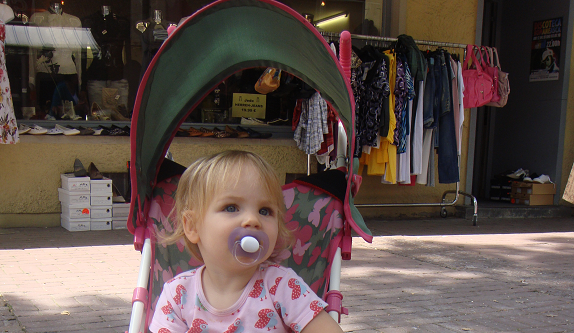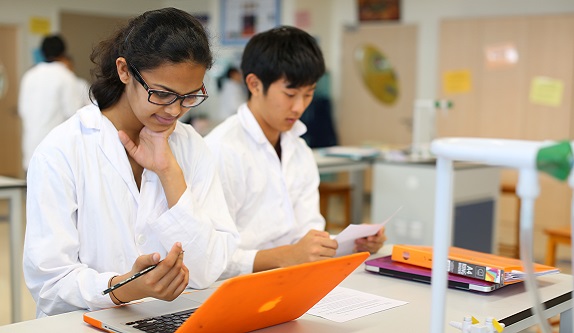
Jim Rogers is a financial investor and commentator from the United States of America. He lives here with his wife Paige Parker and daughters Happy (9) and Baby Bee (4).
For years, Jim stressed the importance of teaching one’s children or grandchildren Mandarin. When he had kids of his own, it was time to put his money where his mouth was.
When Happy was born, the parents hired a Chinese woman to teach her Mandarin. Growing up in a bilingual environment, the young child learned fast.
But, “we knew if we were serious about this language thing, we would have to move to a country where they speak it.”
After summers in Shanghai and Hong Kong, the couple settled on Singapore. “We did move here partly because of the school system”, says the 70-year-old. He knew the local system was well regarded. “It is extremely good, they teach at a high level compared to America.”
Government-aided Nanyang Primary School, one of the best in Singapore, was where they wanted to send Happy. Listening to the principal speak at an assembly, “[she] was such a fireball, she let us know that Nanyang was hard to get into. ‘You’ve got to do your homework, listen guys, we don’t need you, we’ve got plenty of people.’ “That made us want it even more.”
Jim and Paige got to work to make it happen. “If you live within one kilometre of the school you’re more likely to get in so we moved. “If you do volunteer work for the school, you’re more likely to get in, so we did that.
He says there is pressure on Happy to do well. “I poo-pooed all that before I got in but now I know it’s true. “There is a lot of pressure she sees in the school to do well. “Some of that pressure comes from me because like all immigrant families they want their kids to do well.”
He’s quite outspoken about certain parts of the system though. “It’s really a testing factory. You have to answer exactly the way the Ministry of Education wants you to answer. I’ve seen answers that any natural person considers correct but unless you use the language that the Ministry wants they consider it wrong. The education in Singapore is superb but then the testing is not so superb because you have to answer the right way”. He put the issue to the minister of education. “He said yes, I know, and we’re trying to deal with that problem.”
One thing that he disagrees with is the perception that the whole education system is based on rote learning. “I hear that and I think that the people who say that haven’t been in it. If they’re talking about the testing system, yes, I agree. If they’re talking about the education system, I would not agree. It’s anything but rote.”
The education system here is better than in the United States. “Absolutely. No question about that. These kids have more homework, more demands. “She’s had more homework in three years than I had in 12 years in America.”
The girls have Chinese friends and have assimilated well into the culture here. “They don’t know much about baseball or cricket, but they know Asia.”
At the heart of it, though, are the language skills his daughters are learning, and they already speak perfect Mandarin. “They speak better Mandarin than most people in Singapore.”
Jim has no regrets about moving to Singapore.
“My investment now is my children.”
This article was originally published in January 2013
Photo courtesy of UWCSEA










